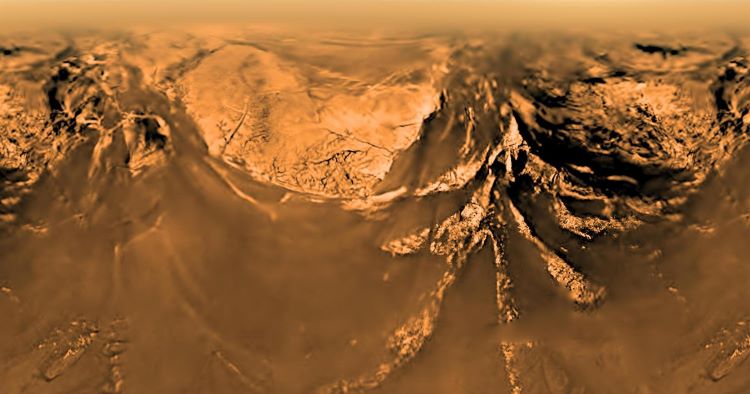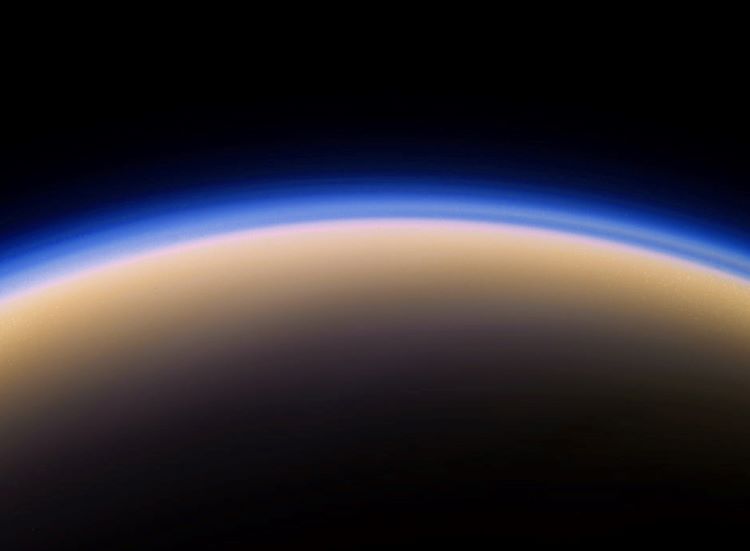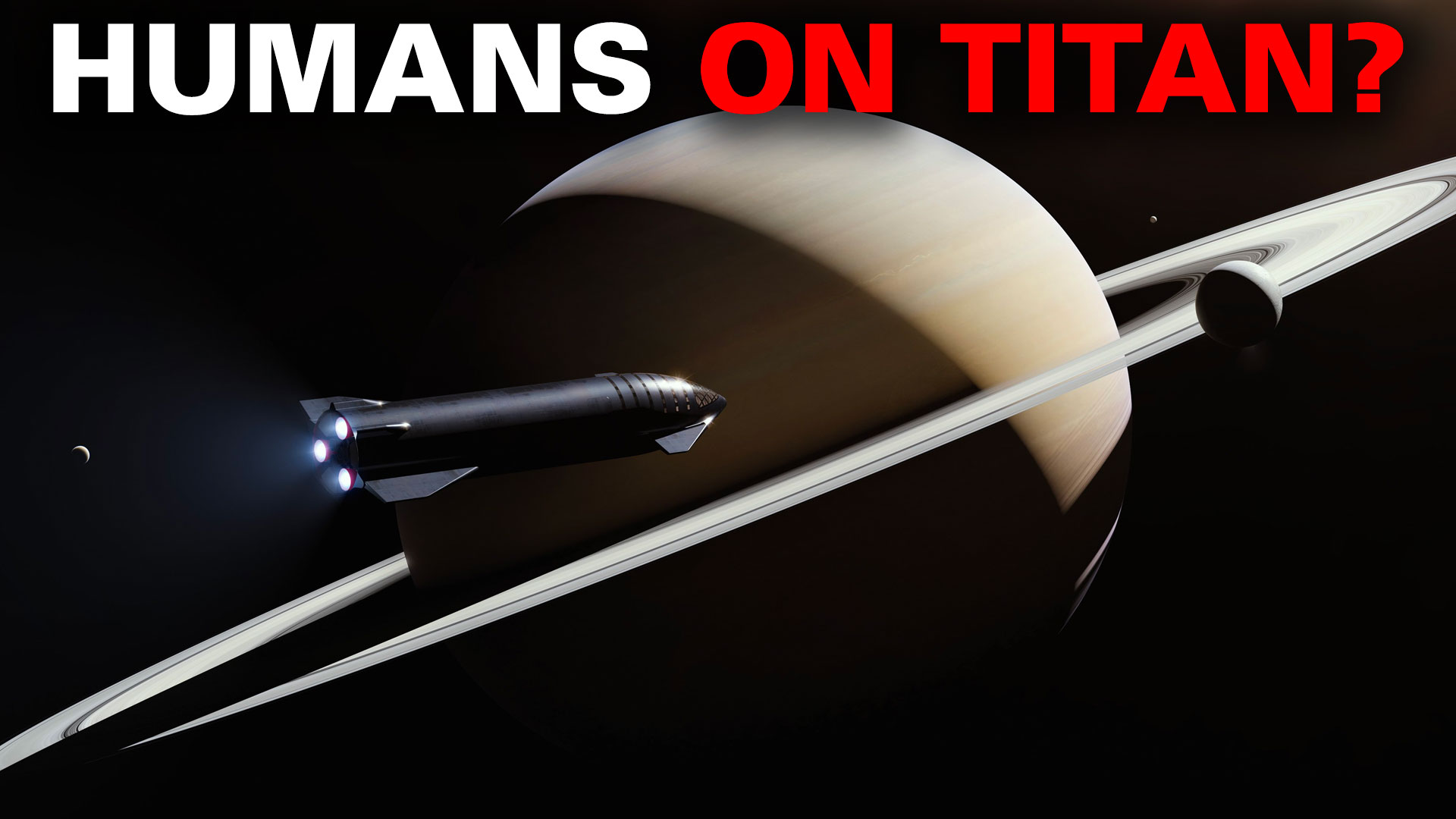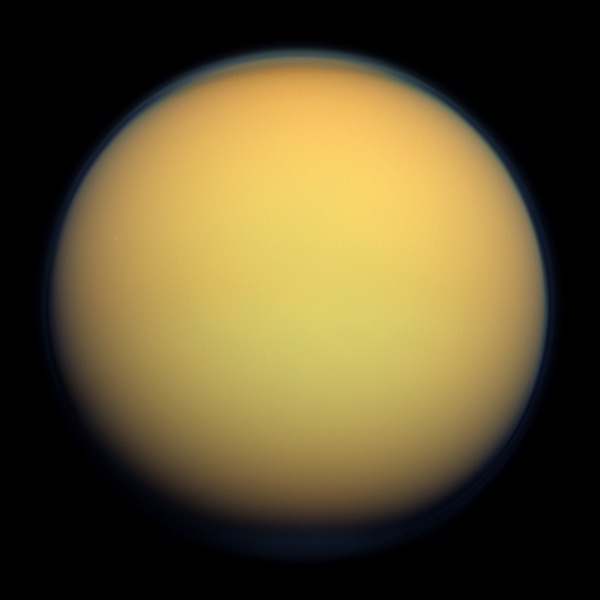Does Saturn’s largest moon, Titan, possess the necessary ingredients for life to exist? This is what a recent study published in Astrobiology hopes to address as a team of international researchers led by Western University investigated if Titan, with its lakes of liquid methane and ethane, could possess the necessary organic materials, such as amino acids, that could be used to produce life on the small moon. This study holds the potential to help researchers and the public better understand the geochemical and biological processes necessary for life to emerge throughout the cosmos.
Continue reading “Titan Probably Doesn’t Have the Amino Acids Needed for Life to Emerge”Titan Probably Doesn’t Have the Amino Acids Needed for Life to Emerge






